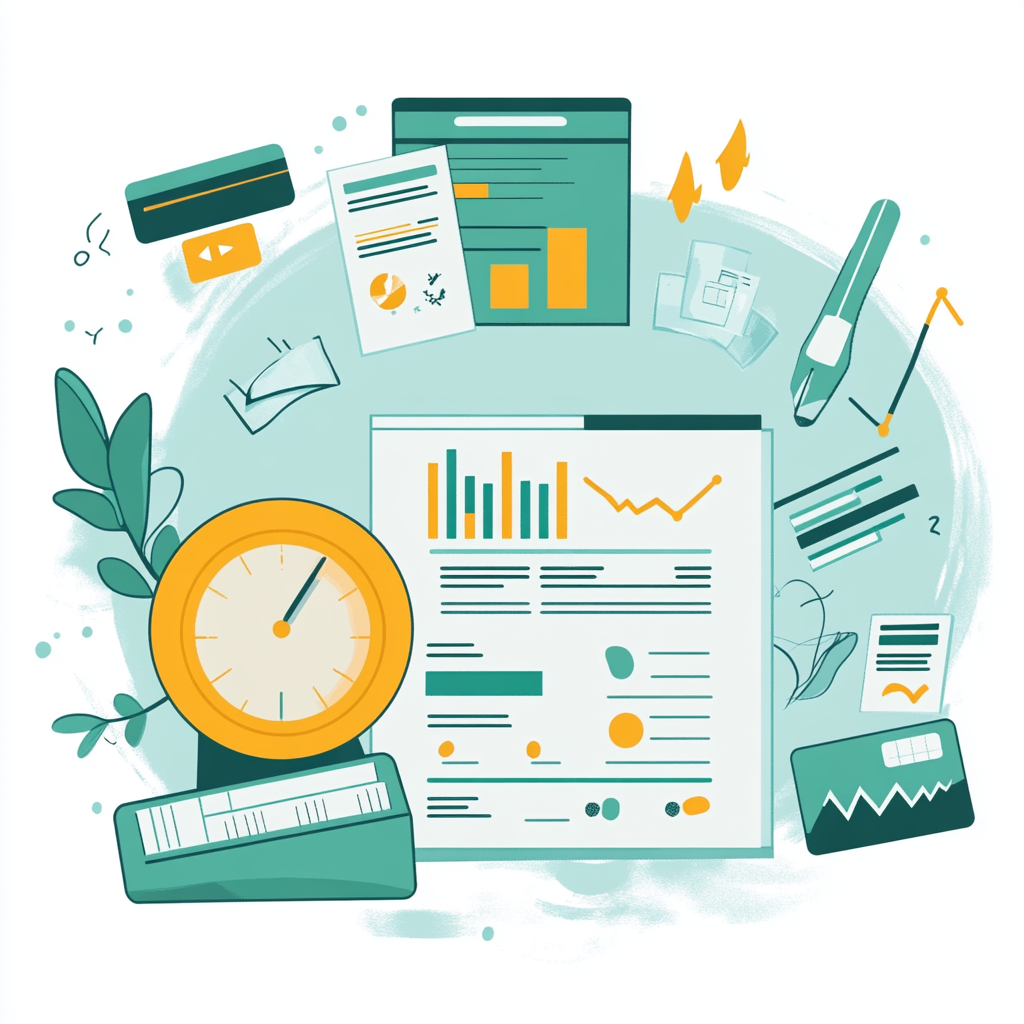Discover how AI is revolutionizing fraud detection in the financial sector. Learn how banks use real-time machine learning to fight evolving threats like deepfakes and synthetic identities—and what that means for the future of cybersecurity.
Protect your investments from cyber threats. Learn essential cybersecurity best practices every investor should follow to safeguard their financial portfolio.
Quantum computing is no longer science fiction—it’s a real threat to current cybersecurity standards. This article explores how emerging quantum technology could crack today’s encryption methods and what steps you can take now to protect your financial data before it's too late.
Discover how cybercriminals profit from stolen financial data on the dark web—and what steps you can take to protect your digital wealth.
The world lost over $1 trillion to scammers in 2024 alone. Unfortunately, 2025 is poised to be even riskier as fraudsters adopt new technology like AI to craft more convincing scams. Today's scams are more sophisticated than ever, from fake investment schemes to deepfake impersonations. The good news is that you can stay one step ahead with some knowledge and vigilance. In this post, we'll break down the top 5 financial scams trending in 2025 – including AI-powered phishing, crypto fraud, and deepfake impostors – and give you beginner-friendly tips to protect your money
Cryptojacking is a covert cybercrime in which malicious actors hijack a device's computational power to mine cryptocurrencies without the owner's consent. Unlike ransomware or other overt forms of hacking, cryptojacking often operates invisibly in the background, allowing the hacker to siphon resources continuously over time. By embedding malicious scripts in websites, software, or apps, cryptojackers exploit unsuspecting users, turning their devices into unwilling mining tools for digital currencies like Bitcoin or Monero
The Psychology of Saving explores behavioral science methods—like automated transfers, emotional labeling, and reward triggers—to help you stick to your budget.
Soft saving isn’t about ignoring the future—it’s about finding a healthier balance. This article explores how Gen Z is reshaping personal finance by prioritizing quality of life while still embracing essential money principles.
Discover 10 easy, practical strategies to cut costs on groceries, utilities, subscriptions, and more. Learn how to save money daily without sacrificing quality of life.
Your credit score can influence everything from loan approvals to insurance rates—but do you really understand how it works? In this guide, we break down the key factors that shape your credit score and provide practical, proven strategies to help you raise it and protect your financial future.
The 50/30/20 budgeting rule offers a refreshingly simple approach to managing your money. Its appeal lies in its clarity allocating your income into three straightforward categories, prioritizing essential living expenses, lifestyle choices, and long-term financial security. The elegance of this formula isn't just in its structure but in how it empowers individuals to maintain economic stability without getting bogged down by intricate budgeting strategies.
Not sure if a password manager is safer than browser autofill? Discover which protects your financial accounts and personal data more effectively.
Curious about crypto in 2025? This beginner-friendly guide explains how to invest in Bitcoin, Ethereum, and top altcoins safely. Learn to build a secure portfolio, avoid scams, and store digital assets with confidence.
Think you need thousands to start investing? Think again. Learn how to invest with $100 or less using beginner-friendly strategies, apps, and tips to grow your wealth.
Learn how compound returns turn small investments into major wealth over time—and why staying invested beats trying to time the market.
Regarding passive investing, ETFs (Exchange-Traded Funds) and index funds stand out as two of the most prominent vehicles for wealth-building. Both have surged in popularity, offering simplicity, cost-efficiency, and the allure of passive strategies. However, while they share many similarities, they also have distinct characteristics that make them suitable for different types of investors. So, why should investors choose between ETFs and index funds? Understanding the nuances between the two could help investors optimize their portfolios for better long-term value and fit their unique investment goals.
Diving into investing for the first time can feel both exhilarating and intimidating. With their ups and downs, the financial markets seem like a mysterious realm where fortunes are won or lost in the blink of an eye. However, once you peel back the layers, investing is not just for financial experts or the ultra-wealthy; it's a tool for anyone looking to build a stable financial future. This guide breaks down the basics and helps you take your first confident steps in investing.


















